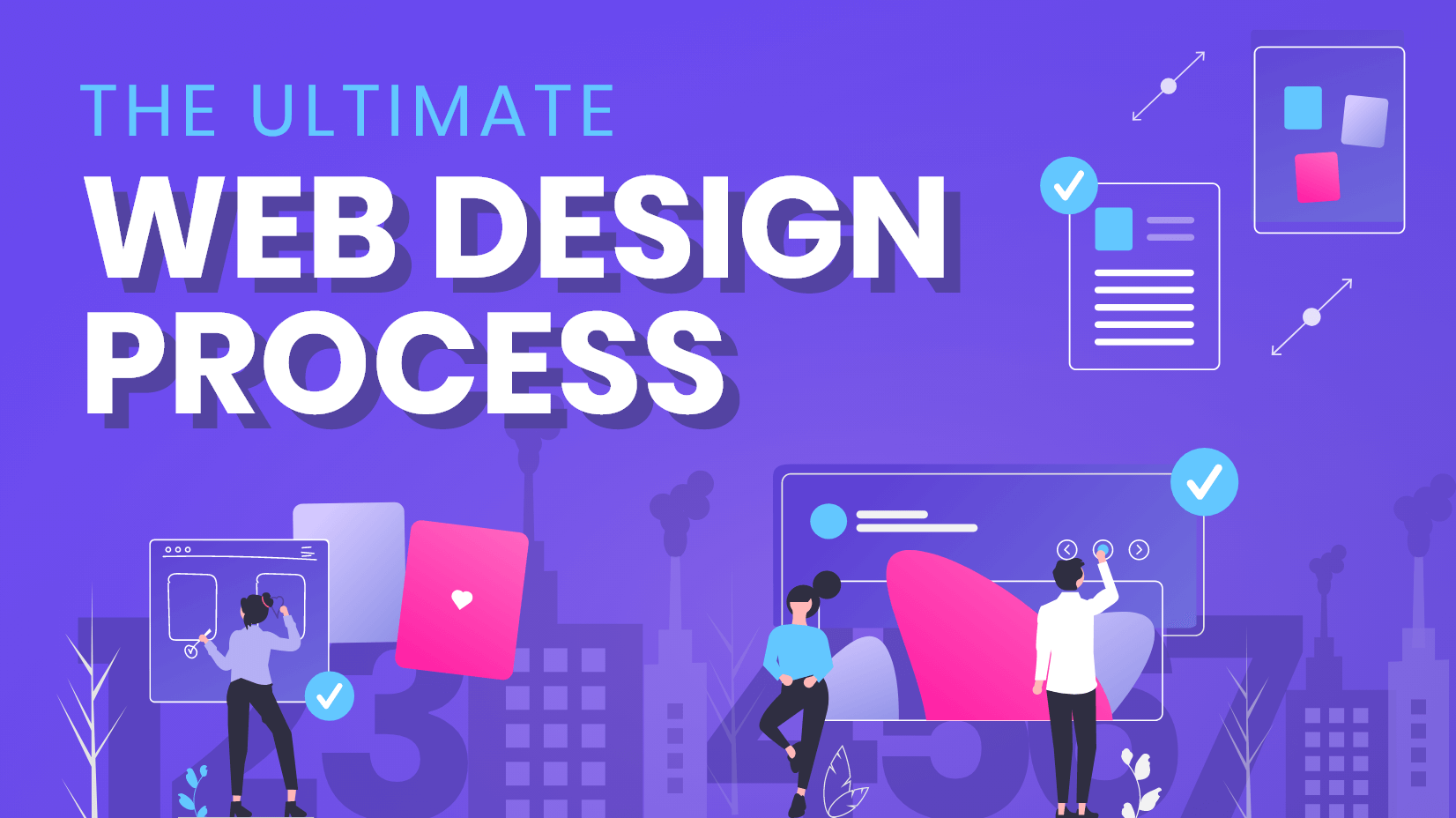In today's digital landscape, a strong online presence is paramount for every business working for success. With thousands of websites vying for attention, the initial impression often relies on one key element: web design. Outstanding web design not only attracts visitors but also keeps them engaged, making sure that your message strikes a chord with your target audience. It acts as the virtual storefront of your brand, making it vital for businesses to focus on a design that reflects their values and goals.

Good web design is more than just aesthetics; it encompasses usability, functionality, and responsiveness. A well-designed website boosts the user experience, guiding visitors easily through your content and prompting them to take action, be it to purchase a product, sign up for a newsletter, or contact your team. In a world where attention spans are briefer than ever, having an intuitive and aesthetically pleasing website can be the distinction between a potential customer staying or leaving. Highlighting the significance of web design is key to comprehending how it can propel a business towards amplified success.
The Impact of First Impressions
When users arrive at the site, their initial impression is formed in seconds. This quick judgment is often influenced by the overall layout, including structure, color palettes, and font choices. An attractive and high-quality web design captures focus and builds trust, implying that your company values excellence and attention in its display. Conversely, a badly designed website can lead to immediate disinterest, as users may equate a absence of professionalism in web design with a lack of reliability in your offerings or assistance.
Research shows that powerful visual aesthetics can enhance user experience considerably. Organized navigation and intuitive design allow visitors to find the information they need with ease, minimizing frustration. When potential customers are met with seamless web design, they are likely to invest more time browsing, eventually increasing the chances of sales. In comparison, confusion caused by cluttered designs can prompt users to leave your website quickly, resulting in missed opportunities.
The emotional response tied to first impressions is strong. A thoughtfully designed web design can evoke feelings of comfort, confidence, and excitement about your brand. By carefully considering the design elements, businesses can create a website that connects with their desired audience, encouraging interaction and loyalty. In this digital age, where competition is fierce, the importance of making a favorable first perception cannot be exaggerated.
User Experience as a Priority
UX is at the core of outstanding web design. It encompasses every interaction a user has with your website, from the time they land on the homepage to the final checkout. A carefully crafted website ensures that users can easily navigate through content, find information, and perform actions free from frustration. When businesses prioritize user experience, they create a richer and satisfying atmosphere that motivates visitors to come back.
An intuitive layout, fast loading times, and mobile responsiveness are essential elements that contribute to positive user experience. By making it easy for users to explore your site, you lower bounce rates and increase the likelihood of conversions. In today’s digital landscape, where attention spans are short, even slight inconveniences can lead potential customers to leave your site in favor of competitors. Focusing on user experience can distinguish your business apart by creating a seamless journey for your visitors.
Furthermore, superior web design that focuses on user experience fosters trust and credibility. When users come across a visually appealing and well-organized website, they are more likely to view your brand as professional and reliable. This trust is essential, especially for e-commerce sites where financial transactions occur. Investing in user experience is not just about aesthetics; it is about building lasting relationships with your customers that can drive sustained success.
The Role of Brand Development in Web Design
Brand identity is an essential part of web design that determines how a company is perceived online. An impactful website is a representation of a business's identity, values, and mission. By utilizing harmonious branding features such as logos, color combinations, and text styles, brands create a cohesive design that appeals with their intended market. This consistency builds credibility and comfort, leading to higher visitor interaction. A well-branded website not only feels attractive but also supports the business's communication and goals.
In addition, brand presence plays a key function in differentiating a company distinct from its competitors. In a crowded market, having a unique brand can be the difference between attracting a potential customer or making them unimpressed. A strategically designed website that showcases a brand's essence allows brands to communicate more than just their offerings; it communicates their story and principles. This relationship is crucial in fostering customer dedication and establishing a solid market presence.
Also, good web design promotes a superior user satisfaction, which is closely linked to branding. A website that reflects the brand's values also provides intuitive browsing and features, boosting user contentment. When users find it simple to engage with a website that reflects their values and preferences, they are more likely to turn into dedicated clients. Ultimately, the relationship between website creation and brand presence not only improves a company's online image but also adds to its future growth.
